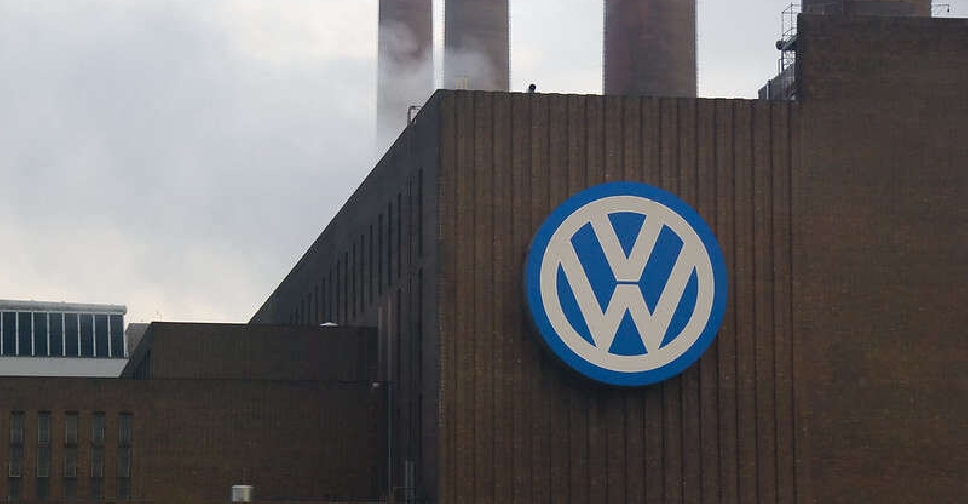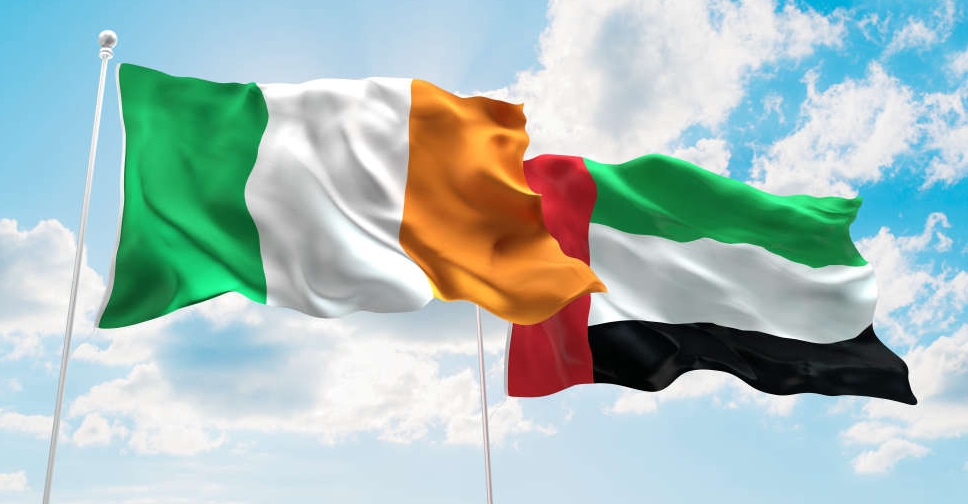
Brent oil capped its biggest weekly gain since 2009 after Organisation of Petroleum Exporting Countries (OPEC) approved its first supply cut in eight years, with attention now shifting to compliance with the deal and how other producers will react to a price rally. Futures closed at the highest in more than a year in London and New York. OPEC’s three largest producers - Saudi Arabia, Iraq and Iran - overcame discord to reach Wednesday’s pact to reduce the group’s output by 1.2 million barrels a day, while Russia pledged a cut of as much as 300,000. The accord ended the group’s pump-at-will policy started in 2014 aimed at protecting market share and driving out high-cost competitors such as shale. "Everyone wins, but US shale producers are the big winners from the OPEC deal," Francisco Blanch, head of commodity markets research at Bank of America, said by telephone. "The agreement made sense purely on economic logic. OPEC wanted to end the price war." The OPEC set a collective output target at the lower end of the range outlined two months ago in Algiers, boosting prices and prompting predictions of a possible advance to $60 a barrel from Goldman Sachs Group Inc. and Morgan Stanley. Some analysts warned that the rally may encourage higher output from producers outside the group, including in the US. The last time OPEC set a quota, members exceeded it for 20 of the 24 months before the cap was scrapped at the end of 2015. Brent for February settlement climbed 52 cents, or 1 per cent, to $54.46 a barrel on the London-based ICE Futures Europe exchange. It’s the highest close since July 24, 2015. The January contract expired on Wednesday. Front-month futures, rose 15 per cent this week, the biggest gain since January 2009. The February contract climbed 13 per cent this week. (Mark Shenk/Bloomberg)


 UAE launches KYC platform for enhanced financial data
UAE launches KYC platform for enhanced financial data
 Volkswagen union signals strikes in December but talks continue
Volkswagen union signals strikes in December but talks continue
 UAE trade delegation visits Finland, meets Finnish companies
UAE trade delegation visits Finland, meets Finnish companies
 UAE visit to Ireland aims to strengthen science and tech ties
UAE visit to Ireland aims to strengthen science and tech ties


